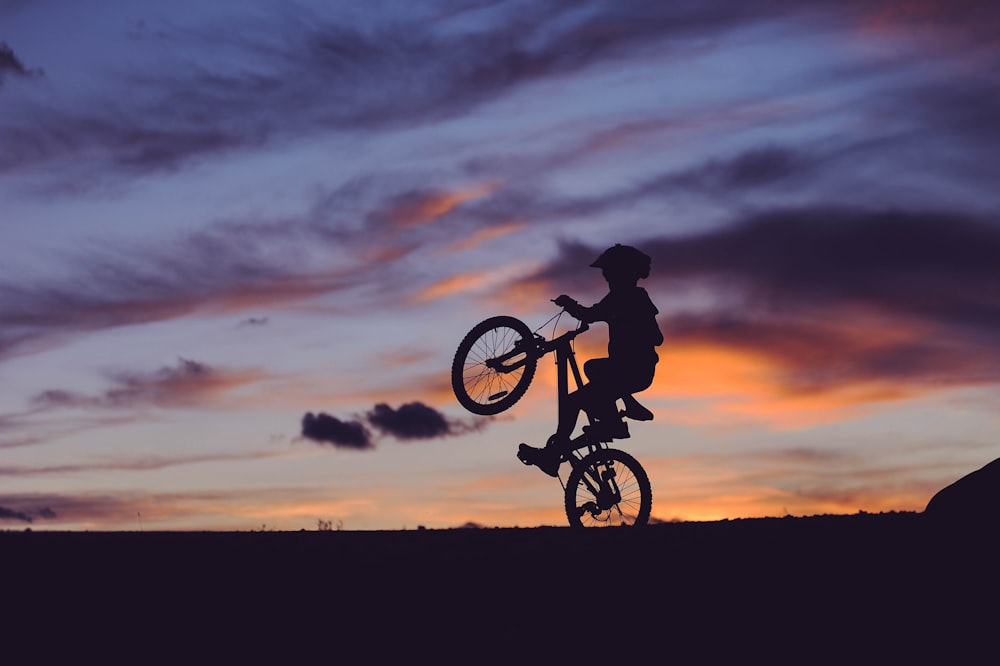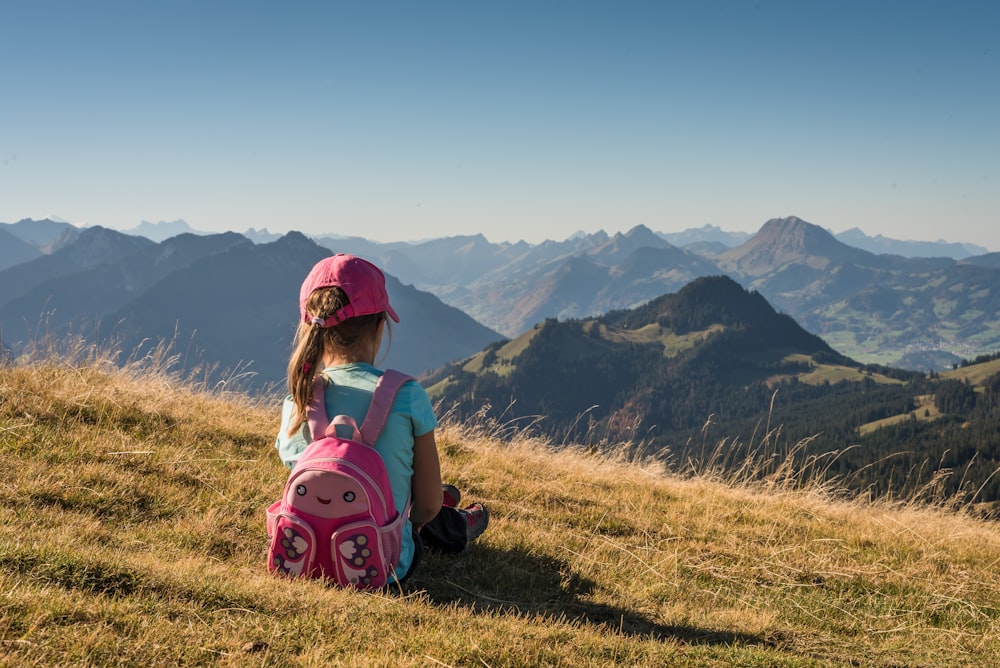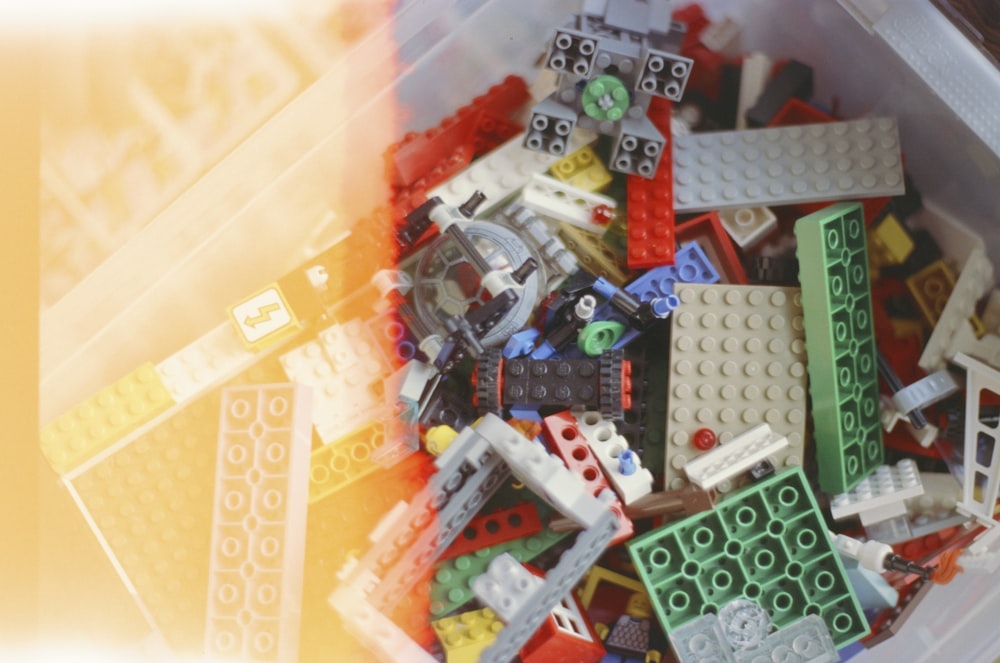When I was a kid growing up on a rural dirt road in Montana, I had what seemed like unlimited freedom. I spent hours upon hours exploring the neighborhood and local countryside. I would bike for miles with my friends or wander over hills and into woods behind my house. Of course, I would get hungry and have to find food: perhaps at a friend’s house, perhaps in my Transformers backpack, perhaps back home. I remember many summer days when the only firm deadline to get home was “before dark.”
This was at the age of 9 years old. But this was also the late 80s and early 90s, before cable news brought us a constant barrage of crime and kidnapping stories from around the U.S. Back then, kidnapping awareness was through milk cartons.
Today, things are very different. While most crime statistics in the U.S. show that we are safer than we were 30 years ago, we’re also collectively more anxious. And as we know, anxious parenting can lead to anxious kids, who will face a lifetime of difficulty.
The world has changed
So, what do we do? A recent study published in The Journal of Pediatrics looks at a likely factor. The study is titled “Decline in Independent Activity as a Cause of Decline in Children’s Mental Well-Being: Summary of the Evidence.” Their thesis is that our societal rise in anxiety, which in some ways goes all the way back to my own childhood in the 80s, is tied to a reduction in kids’ and teens’ ability to “play, roam, and engage in other activities independent of direct oversight and control by adults.”
Even smaller choices, such as what to eat or wear, have been stripped from kids!
These choices, the authors tell us, are key to the formation of autonomy. Beyond this, children used to engage in activities that employed an element of risk: perhaps playing alone in the woods while their parents had a picnic, or riding their bike a mile or so to meet up with a friend. Today, these activities happen less and less, or at later ages if they happen at all. In the paper, they mention 5-year-olds riding their own bikes to school and 11- and 12-year-olds holding down part-time jobs such as a paper route or babysitting.
Today, most parents are too afraid to even think about such things. Thinking about it, for my own kiddo who just turned 4, I can’t imagine even letting her ride around the block on her own right now, let alone going to day-care/school on her own in a year.
Rise in anxiety – the “Free Range” solution
As our children’s freedom has been reined in, their anxiety levels have surged, culminating in what the surgeon general has declared “the crisis of our time.” As a society, we have attempted various remedies, from breathing exercises to unconventional therapeutic approaches, to halt the steady shrinkage of our children from life. However, it seems possible that the root of our problem might be in our over-protection of our kids from a very young age. Thus, the solution will be to let them do more on their own.
This is difficult. I can already see family members, fellow parents, and total strangers giving me a look of disapproval if I were to send my 5-year-old to school on her own (five blocks away on well-paved roads with sidewalks, mind you).
Luckily, there are resources out there, from the “Free Range Kids” movement that started over a decade ago to Let Grow, a national nonprofit that champions childhood independence and resilience. These organizations offer resources to schools and parents to help kids break free of structures and grow in confidence and independence.
Start small
Some of the best advice for building up “unstructured play” or alone time is starting with a small period of time and working up from there. You can tell the kiddo the amount of time, too, if it helps them feel more confident. Just five minutes can feel like a long time for a child not accustomed to unstructured play periods.
Parents and teachers are also encouraged to stay close. This ensures that the child feels safe. If the child requests time or attention, the adult can try to firmly redirect the child to their play.
Keep it fun
Above all, play needs to be fun. Even from a distance, we can overly structure a child’s play time: giving them specific tasks for instance, or interrupting. The play needs to be self-directed once you’re gone, but an adult can point out some toys and say something like, “ohh, those are some neat blocks, I wonder what you can build with those. I bet it will be great!” Then just let the child go. Perhaps they don’t build anything for a while. Perhaps they’ll knock it down before you get back. That’s fine. The point is not your approval or lack thereof. The point is the creativity and problem-solving work that the child does while you’re away.
Another piece of advice is to be sure not to have too many toys available. Too many toys can actually be distracting for kids (it can be for adults too!). Also important is to remove any screens and battery-operated toys that just respond to button-pushing. The best toys are simple ones that can be configured in (near) infinite ways, like blocks, Lincoln logs, Legos, magnet-tiles, or a doll/playhouse along with accompanying characters like dolls, stuffed animals, and the likes.
And don’t worry about buying the latest and greatest (and often most expensive) items out there: some of my daughter’s favorite toys have included: a balloon, a very large cardboard box that I cut holes into so she could climb in like a fort, and a smaller cardboard box that she could pretend was her own car.
What do you think? Let me know at hello@sunflowercounseling.com
 Justin Whitaker, Ph.D., holds a doctorate in Buddhist ethics from the University of London. He has given lectures, and taught Buddhist studies and Philosophy at Oxford University, the University of Hong Kong, the University of Montana, and at Antioch University’s intensive study-abroad program in India. A certified meditation teacher, he is a regular contributor to Patheos.com, and Senior Correspondent for Buddhistdoor Global. Justin is the official blog writer for Sunflower Counseling MT in Missoula, Butte, Kalispell, Billings, and surrounding areas. He lives in Missoula with his family.
Justin Whitaker, Ph.D., holds a doctorate in Buddhist ethics from the University of London. He has given lectures, and taught Buddhist studies and Philosophy at Oxford University, the University of Hong Kong, the University of Montana, and at Antioch University’s intensive study-abroad program in India. A certified meditation teacher, he is a regular contributor to Patheos.com, and Senior Correspondent for Buddhistdoor Global. Justin is the official blog writer for Sunflower Counseling MT in Missoula, Butte, Kalispell, Billings, and surrounding areas. He lives in Missoula with his family.



